Copenhague : la meilleure ville d'Europe pour vivre

Our survey of thousands of people provides some very clear data that makes it, when all the categories and aspects analysed are added up, the best place to live. Denmark is a fantastic country that has a lot to offer the world and has more than 700,000 people from abroad who have chosen the nation as their new place of residence. It is the balance in the different categories that has led it to stand out in the overall count.
Copenhagen, of course, is the city that welcomes the most of these international residents. In recent years the number has been steadily increasing due to the advantages the city offers, such as its beautiful scenery and the great freedom it brings to its citizens. Above all, the categories in which it excels most are its good international connections, high level of security and, in particular, its gastronomy.
1ST / COPENHAGUEN
The happiest city in the world or “a city of fantasy” – there are many ways to describe Copenhagen, the capital of Denmark, which has a huge following around the world. It has almost 600,000 inhabitants and a rich history of more than 1,000 years since its founding.
Today Copenhagen is positioned as one of the best places to move to live. Entrepreneurs and professionals from different sectors choose this city to live in because of its advantages and characteristics. In fact, it is the most balanced and complete city overall, and therefore the winner in our survey of the best cities to live in Europe.
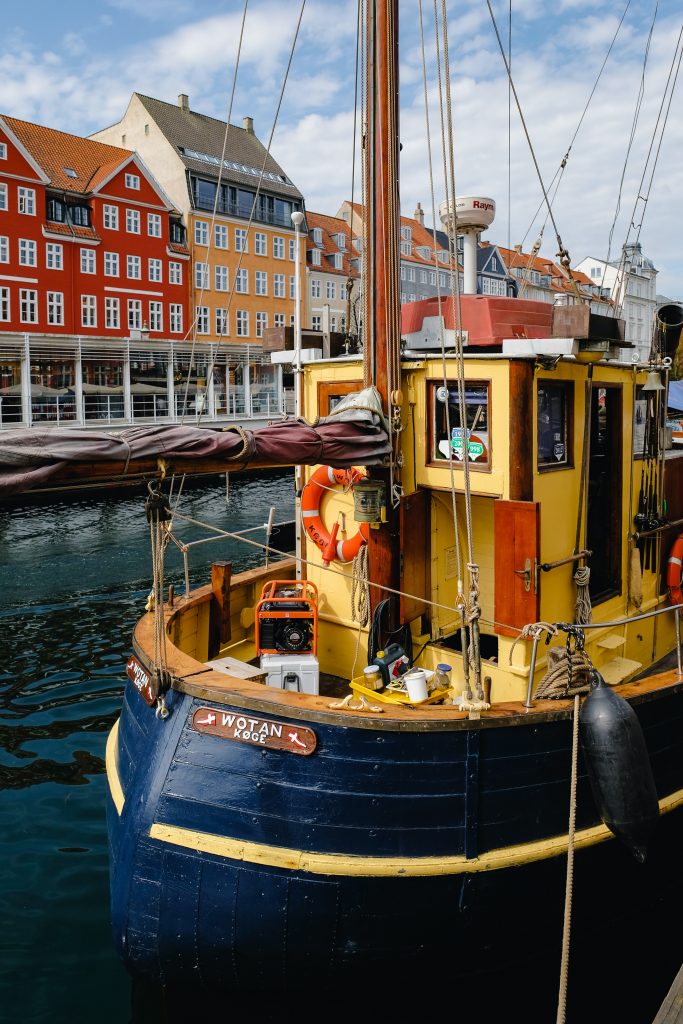
A Baltic climate characterises the atmosphere in Copenhagen, which is not the most appreciated by its residents. The reason for this is the high level of cold weather throughout the year, especially in the winter, with low temperatures lasting until the first days of May. The winter cold is stable for most of the time, but there are times when it intensifies to extreme levels.
Summers, on the other hand, are more pleasant and provide a good warm temperature, but in winter there can be heavy snowfall and temperatures that, in a record 1942, dropped as low as -24.6°C (-24.6°F). Rainfall is also frequent in winter, which, combined with low temperatures, makes it a difficult time of year.
Nevertheless, this hot-cold balance was well rated and pushes Copenhagen up to 7th place in terms of climate, heavily influenced by the air quality resulting from its green initiatives. In short, our respondents did not rate the temperature so highly, but did rate the city’s environmental liveability.

Copenhagen’s different methods of transport are unified under one type of ticket. This includes metro, bus, trains and the Harbour Bus boat service. Using them makes it possible to get around the city at any time in most areas of the city, no matter what time of day it is, as the map of the Danish capital is intelligently covered.
However, one of the problems with transport in the city lies in its price, which is higher than in other European cities. For example, the price-performance ratio for public transport is much higher in Zurich than in Madrid or Berlin. In addition, the combined fares and monthly passes used by residents have room for improvement.
Nevertheless, our respondents ranked Copenhagen 4th in the top category. The reason is that despite its potential drawbacks, the city is so well adapted to cycling and the sustainable environment that it is not perceived as a drawback when travelling around the city.
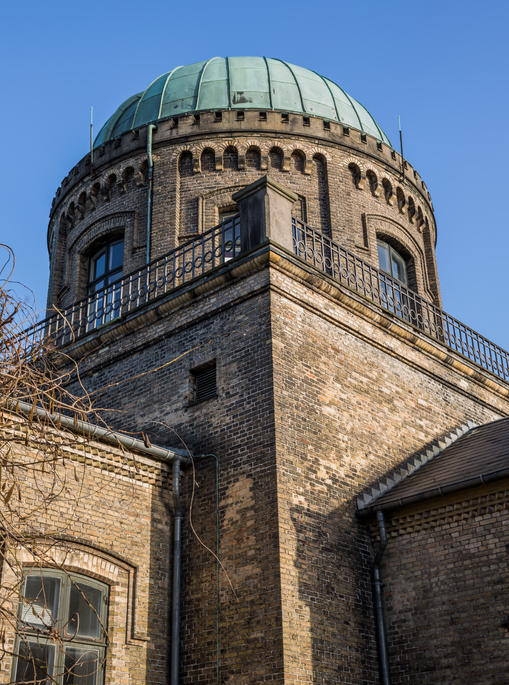
The city is home to one of the world’s top 30 universities, the University of Copenhagen, and as such has been recognised with a position of prominence in our survey results. The educational structure of Denmark’s capital city is ranked 5th in the top 10.
Mais cela n'est pas tant dû à un problème d'éducation à Copenhague qu'à l'excellence de la préparation et de l'offre dans les villes qui ont obtenu une place dans les résultats. Des villes comme Zurich, Stockholm, Madrid ou Munich ont plus d'écoles, des universités plus réputées et une meilleure offre pour les étudiants étrangers venant étudier dans d'autres pays.
In addition to the University of Copenhagen, which has almost 100,000 students, the other most important institutions are the Copenhagen Business School, which has around 20,000 students, and the Metropolitan University College, which has around 10,000 students. Nor can one ignore the presence in the city of the Royal Danish Academy of Fine Arts, which has been training new talent for more than 250 years. But these outstanding centres of learning do not help to confirm that Copenhagen has great schools, even if not as globally as elsewhere.

Surprisingly, it is clear from the results of the people we surveyed that Copenhagen has the best variety of gastronomic offerings in Europe. A very close second-place finisher, Madrid, also garnered a large number of votes. The same is true for Lisbon, which with its third place in the ranking has remained firmly among the best European gastronomies.
Travellers and new Copenhageners alike are accustomed to the region’s classic dishes, including smorebrod rye bread, gravad laks marinated salmon or frikandeller meatballs, a recipe that is even well known in the rest of the world.
In the case of Copenhagen, its most outstanding aspect with a high percentage of votes was the variety of local and international high-end gastronomy. In fact, last year the Danish restaurant Geranium was proclaimed the best restaurant in the world.
La cuisine de Copenhague est le reflet pur et traditionnel des plats et ingrédients les plus courants en Scandinavie. Cela inclut un certain nombre d'éléments qui reviennent dans de nombreux plats, notamment le poisson, qui représente un pourcentage important des recettes les plus populaires de la ville. Les aliments fumés, les légumes et les produits laitiers sont également fréquemment utilisés. L'un des poissons les plus courants est le hareng, qui peut être préparé de diverses manières, par exemple mariné ou grillé.
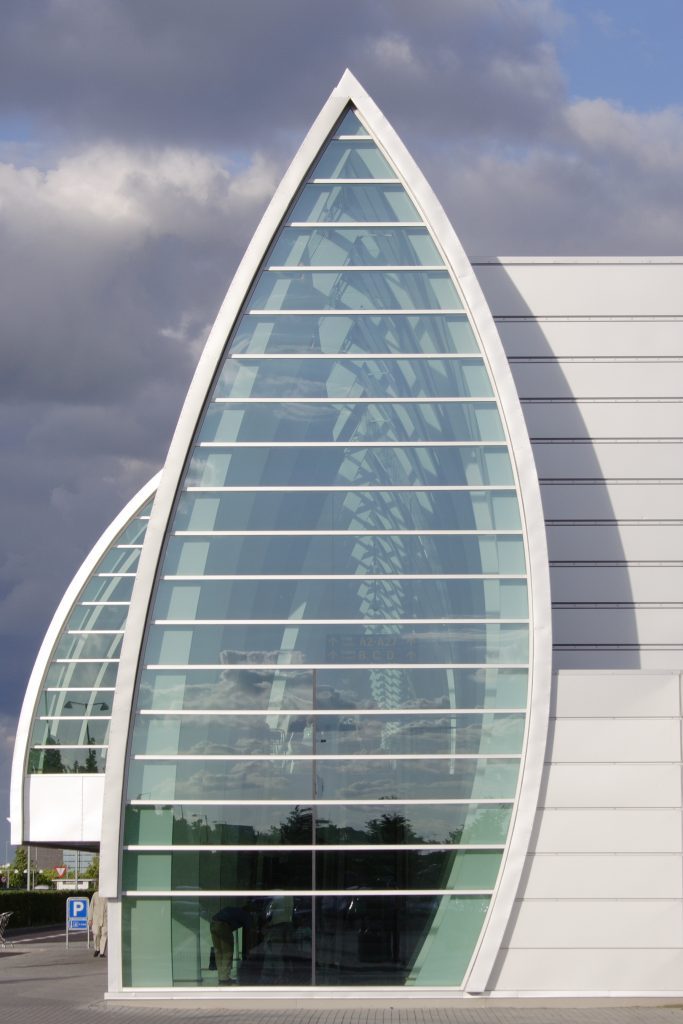
Copenhagen Airport is 8 kilometres from the city centre. It can be reached by a variety of transport systems, including train, metro and bus. Exactly, it is located on the island of Amager, which might be thought to affect its connections, but the city is well organised so that the airport can be reached in a short space of time. With the train service, for example, you can get there quickly because the frequency of trains is set at 10-20 minute periods depending on the time of day.
The airport offers international connections to most destinations in the world, as it is Denmark’s largest airport. The votes received in our survey put Copenhagen in fourth position for the quality of its international connections, behind Brussels, Zurich and Madrid, but ahead of Amsterdam and Geneva.
Internationally, Copenhagen is twinned with Beijing in China, Marseille in France and Reykjavik in Iceland. Its good international image has led to more and more visitors each year choosing Copenhagen as the ideal city to visit or to live in.

The same fourth position that Copenhagen achieved in the category of international connections is also achieved, based on the survey data, in the area of security. The Danish capital is only behind Munich, Zurich and The Hague, and comfortably beats the results obtained by Vienna, Geneva and Lisbon, which are also among the top ten European cities in terms of security.
That doesn’t mean that you don’t have to be careful living in Copenhagen. But there is less crime and also fewer general incidents to which those who choose to live there are exposed. One has to be careful, for example, on the bike lanes, as there is often not much space, and sometimes there can be a messy situation. It is therefore always advisable to keep your eyes open.
Les personnes qui vivent à Copenhague s'habituent à ce genre d'éléments et s'habituent rapidement à la nécessité de garder un œil sur tout. Il est également nécessaire de garder un œil sur vos affaires. Bien qu'il y ait moins de pickpockets que dans d'autres villes européennes, surtout dans les endroits centraux, il y a toujours un risque à éviter.
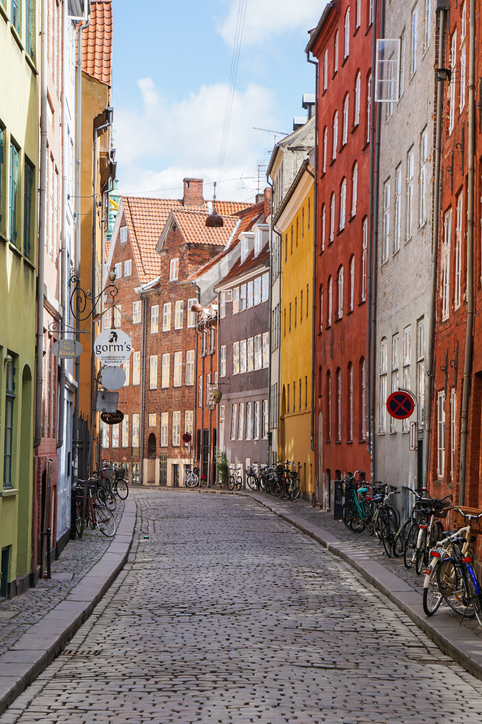
Copenhagen’s short- and long-term plans to become a more sustainable city have been underway for years and as such have been recognised in the 1st position in the ranking of the most sustainable cities. This element has not only helped Copenhagen to score well in this section, but has also led to an excellent perception of climate coherence or manageability within the city.
Among Copenhagen’s plans is to become the world’s first carbon-neutral capital city. It’s an ambitious plan that could teach the world a lesson in how to defend the planet and pollute less.
To achieve its sustainability goals, Copenhagen is improving its transport services and making them greener. They are also encouraging cycling and a high level of recycling to help citizens’ decisions to work towards making the city as sustainable as possible. Above all, there is a strong willingness on the part of politicians and residents to reduce the environmental impact.
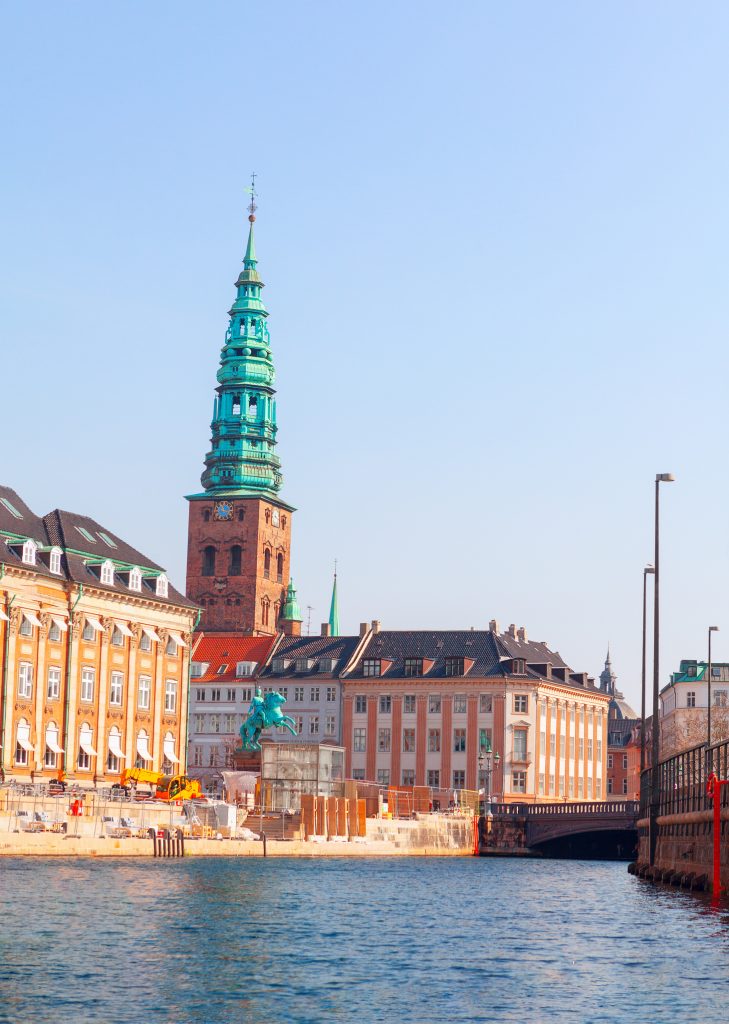
The results of our survey speak for themselves, and in the overall picture it can be seen that Copenhagen is the best city in Europe overall, but in terms of cost of living it is not the best place to live. Denmark’s capital has high prices that are set more than 40% ahead of the cost of living in other capitals, such as Spain’s Madrid.
This is a factor that has led many people who were thinking of moving to Copenhagen to live as freelancers or professional nomads to have second thoughts. The reason for this is that it is difficult to enjoy life as a resident with a salary at the level of those paid in other countries.
In fact, this is true for all cities in Denmark, which is officially the most expensive country in Europe. Renting flats, transport, filling the shopping basket at the supermarket or even going out to enjoy leisure activities all have a price that is beyond the means of many people looking for a new international residence to live in.
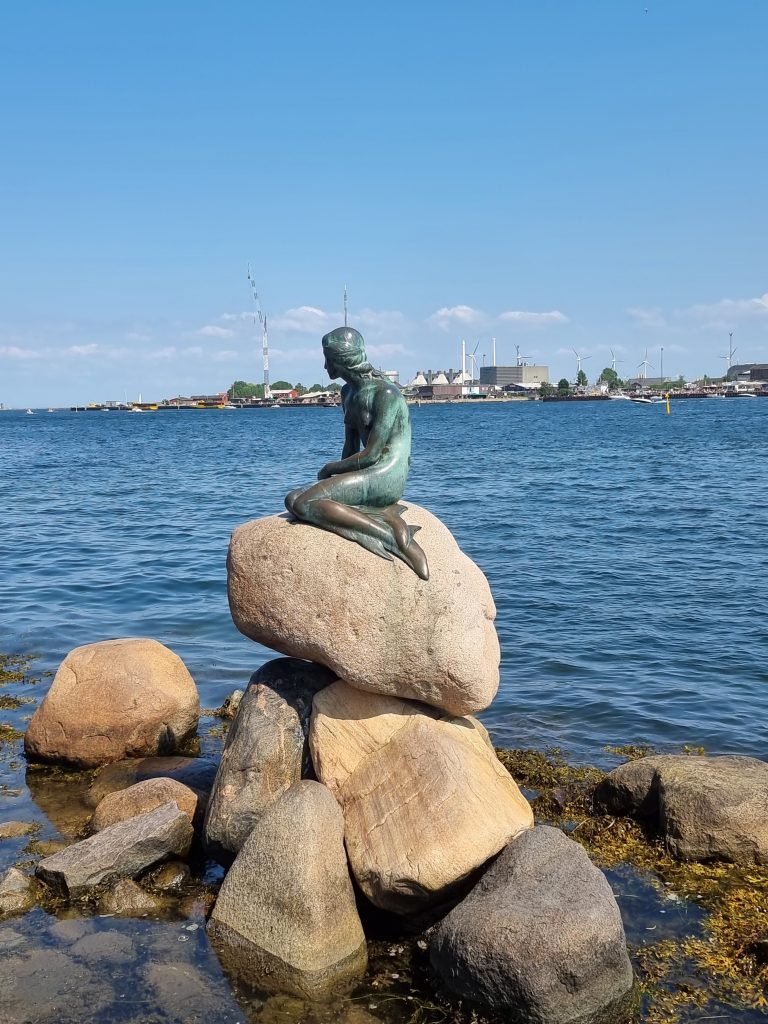
The Copenhagen government has, over the last few decades, worked hard to make the city a cultural focal point for the whole country and even for other regions of Scandinavia. To this end, it has invested in structures, facilities and places of interest, such as new museums and entertainment centres. For now, it is still a project that needs to expand and grow in order to catch up with the offerings of other major cities in Europe, but it offers a very balanced proposition. For the moment, it is recognised with the tenth position in the category ranking.
One of its most important museums is the Nationalmuseet, the national museum of cultural history and archaeology, where you can enjoy the best way to discover the culture of the whole country. The National Gallery is also interesting for its first-hand experience of the work of the nation’s most representative artists, and don’t forget the Louisiana Museum of Modern Art. One of the best things about Copenhagen is that there are so many themed museums to choose from, which helps to cater to the tastes of every citizen.
Of course, anyone who moves to Copenhagen is quick to visit the Little Mermaid statue, which was unveiled in 1913 and is of great significance in the city. The culture of Copenhagen is discovered gradually. The longer you stay in the city, the more you get to know its cultural past and present.
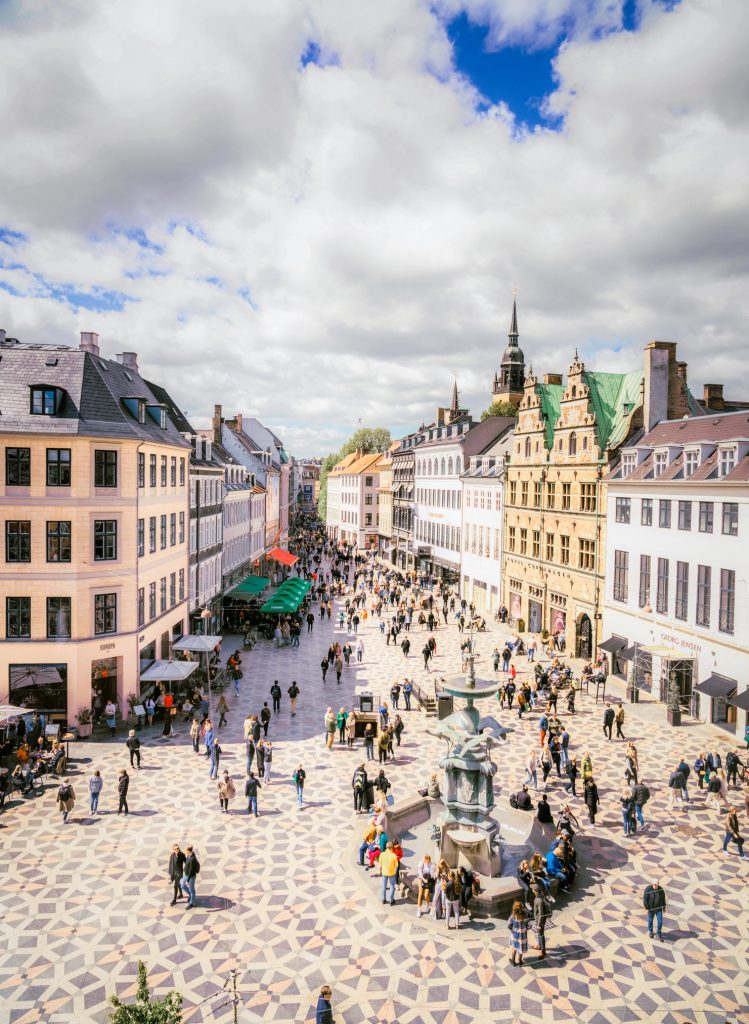
Our respondents voted Copenhagen into the top 10 for leisure in eighth place. It is common to see foreign families who have moved to the city for work and who enjoy all kinds of group activities in the city.
One of the most frequent suggestions is to spend the day at Tivoli Gardens, which is authenticated as the second oldest amusement park in the world. The story goes that Walt Disney used to visit Tivoli and found inspiration for his own theme park, which is now one of the best known theme parks in the world.
There are many other things to do, and one of the interesting aspects of Copenhagen is the balance between them. However, it lacks experiences that have the impact to make an international splash. Also, some of its main entertainment venues are not inviting to revisit, so for residents, it ends up being a bit of a limited place.
